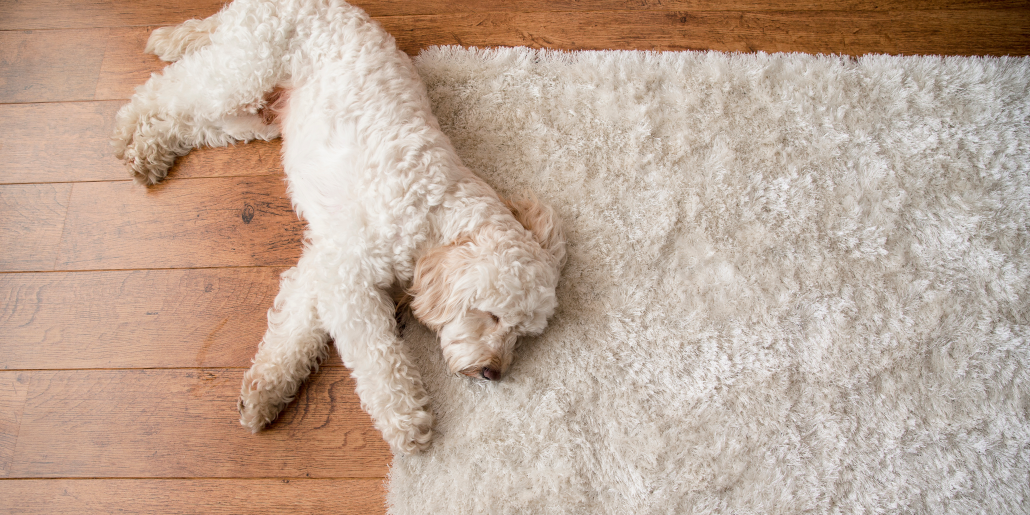A Guide to Safeguarding Your Rugs During Floods
Floods can be devastating, but with the right knowledge and quick action, you can safeguard some of your most valuable possessions, including your rugs. In this guide, we’ll walk you through the steps to protect and save your rugs during a flood, helping you minimize damage and preserve cherished pieces.
- Act Swiftly: Time is of the Essence when dealing with our fibered goods. When floods occur, immediate action is crucial. The longer rugs stay submerged in water, the more damage they can incur. Start by turning off the power supply to avoid any electrical hazards and then focus on salvaging your rugs.
- Elevate Furniture and Belongings Before addressing the rugs directly, elevate furniture and other belongings to prevent further damage. This will create a clear space for rug removal and facilitate a more efficient drying process.
- Roll, Don’t Fold Gently roll up your rugs instead of folding them. Folding can lead to creases and damage the rug fibers. If the rug is too large to roll, consider seeking assistance to handle it carefully.
- Remove Rugs from Flooded Areas Take the rolled-up rugs out of the flooded area as soon as possible. Lay them flat in a dry, well-ventilated space. Avoid stacking wet rugs on top of each other, as this can trap moisture and encourage mold growth.
- Rinse and Clean Rinse the rugs with clean water to remove any mud or contaminants. Use a hose or buckets of water if available. Be gentle during this process to avoid causing additional damage to the fibers.
- Drying Process Lay the rugs out in the sun or a well-ventilated area to dry. Avoid direct sunlight for prolonged periods, as it may cause colors to fade. Flip the rugs periodically to ensure even drying. Using fans and dehumidifiers can expedite the drying process.
- Professional Cleaning After the rugs have dried, consider consulting Thomas‘ for a thorough cleaning. Floodwaters may contain harmful bacteria and contaminants, and professional cleaning can ensure the rugs are safe and sanitary.
- Inspect for Damage Once the rugs are dry, carefully inspect them for any signs of damage. Look for discoloration, unusual odors, or mold growth. If you notice any issues, it’s essential to address them promptly.
While floods can be overwhelming, taking immediate and informed steps can make a significant difference in saving your rugs. By following these guidelines, you can increase the chances of preserving your rugs and minimizing the impact of water damage. Remember, quick action and proper care are key to rug resilience in the face of a flood. Contact the experts at Thomas’ Carpet Cleaning and Restoration for all your rug care needs.


